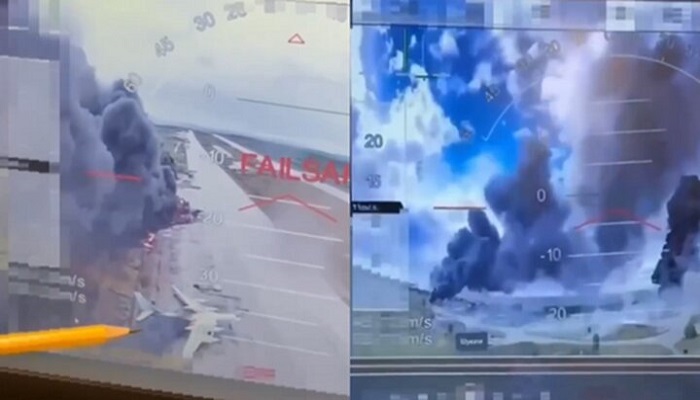PNN – Ukraine’s massive drone attacks on Russian air bases, dubbed Operation Spider Web, on the eve of the Istanbul peace talks have raised serious questions about the motivation, message, and fate of these talks.
Yesterday evening (June 1), Ukraine carried out an unprecedented operation called Operation Spider’s Web against four Russian air bases deep inside the country.
The operation, planned and executed by the Security Service of Ukraine (SBU), resulted in the destruction or damage of more than 40 Russian military aircraft, including strategic bombers and advanced reconnaissance aircraft. The question now arises: how was the operation planned and executed?
18 months of silence, one night of explosion; behind the scenes and details of the operation
In Operation Spider Web, which was carried out by Ukraine against four Russian air bases, the Ukrainian military used a different, stealthy method: small but highly accurate suicide drones were embedded in civilian-looking wooden cabins.

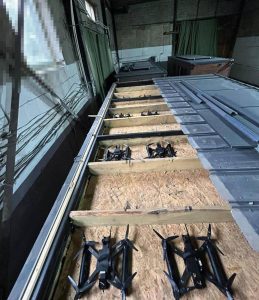

These cabins were transported by trucks to the vicinity of Russian air bases, and then, by remote control, special doors were opened and the drones flew towards predetermined targets. The use of artificial intelligence technologies in guiding these drones increased the accuracy of attacking specific targets such as runways and strategic aircraft.
The four bases targeted were Olenia, Belaya, Ivanovo, and Diaghilev, all located in different regions of Russia from the north to the center of the country. These bases played a key role in strategic flights and bombing Ukrainian positions.
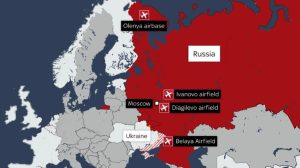
The attacks were carried out simultaneously to take Russia by surprise and inflict maximum damage. Reports indicate that some of the bases lacked adequate defenses to counter this type of attack, which further increased the success of the attacks.
As a result of the operation, more than 40 Russian military aircraft were destroyed or severely damaged, including Tu-95 and Tu-22M3 heavy bombers, and A-50 reconnaissance aircraft. These losses, according to Ukrainian President Volodymyr Zelensky, were equivalent to nearly a third of Russia’s long-range bomber force. Some Ukrainian officials also estimated the damage at $7 billion.
The main goal of the operation was to deliver a strategic and unpredictable blow to Russia’s air infrastructure, in a way that would severely impact Moscow’s offensive capabilities without the need for a full-scale military strike. The operation was also the result of extensive intelligence cooperation with Ukraine’s Western partners, particularly in the area of satellite imagery and detailed mapping of Russian air bases.
The hidden hands of Western allies in Operation Spiderweb
In Operation Spiderweb, there is no reported direct role of the United States, NATO, or European countries in the design or execution of the operation. However, there is evidence of indirect and structural support from these countries.
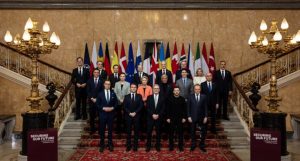
- Contradictions in providing information to the US or NATO
After the incident, Ukraine and its Western allies have suggested that the United States and other Western allies of Kiev were not informed of the details of the operation before it was carried out. This view, which seems to be miles away from reality, is that Ukraine carried out this operation independently and without formal coordination with its Western allies!
- Structural and technological supports
Although the West’s direct role in this operation has not been officially confirmed, extensive support has been provided to Ukraine by Western countries in the following areas:
Supply of drone equipment: European countries and NATO have assisted Ukraine in supplying and producing advanced drones through various coalitions, including the “Drone Coalition” led by Britain and Latvia.
Financial and technical support: Some countries have played an important role in enhancing the country’s military capabilities by investing in the development of Ukrainian military technologies, including drone guidance and control systems.
- Communication and information infrastructure
Ukraine benefits from advanced communications infrastructure, such as the Starlink satellite network provided by SpaceX and funded by the US Department of Defense. This infrastructure plays a key role in coordinating and executing complex operations such as the Spider Web.
- Development of identification and guidance systems
The Delta situational awareness system, developed in cooperation with NATO, helps Ukraine identify and guide military targets. The system plays a key role in various operations, including drone strikes.
In sum, while Operation Spider Web was apparently planned and executed independently by Ukraine, the role of structural and technological support from Western countries in enhancing the country’s military capabilities cannot be ignored. Even assuming that Western allies were unaware of the details of the operation, this support has paved the way for Ukraine to successfully carry out complex and ambitious operations.
Political and Field Impacts: Drone Operations in the Context of Peace Negotiations
The unprecedented Ukrainian drone attack on four Russian air bases has not only had military consequences, but also clearly affected the political and diplomatic atmosphere of the war. The operation took place precisely at the same time as the official announcement of the start of ceasefire talks between Kiev and Moscow.
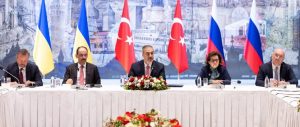
We are now on the verge of the second round of negotiations, which were scheduled to take place again in Istanbul this Monday (June 3). Before Operation Spider Web, Zelensky announced that he would send a delegation headed by Ukrainian Defense Minister Rustam Umarov to Istanbul for negotiations.
According to a document seen by Reuters, Ukrainian negotiators plan to present Russia with a roadmap for a lasting peace, starting with a 30-day ceasefire, including the release of prisoners, the return of Ukrainian children and, ultimately, a direct meeting between Zelensky and Putin.
Kiev has stressed that the document has already been sent to Moscow. The key points of the plan include the rejection of Russian sovereignty over the occupied territories, the preservation of Ukraine’s military strength after peace, and the designation of the current front line as the basis for negotiations on territories.
Some observers believe that Operation Spiderweb was not just a military action, but a tool to exert pressure on the eve of negotiations; an attempt by Ukraine to shift the psychological and political balance in its favor and force the Kremlin to accept the terms proposed by Kiev in the negotiations.

